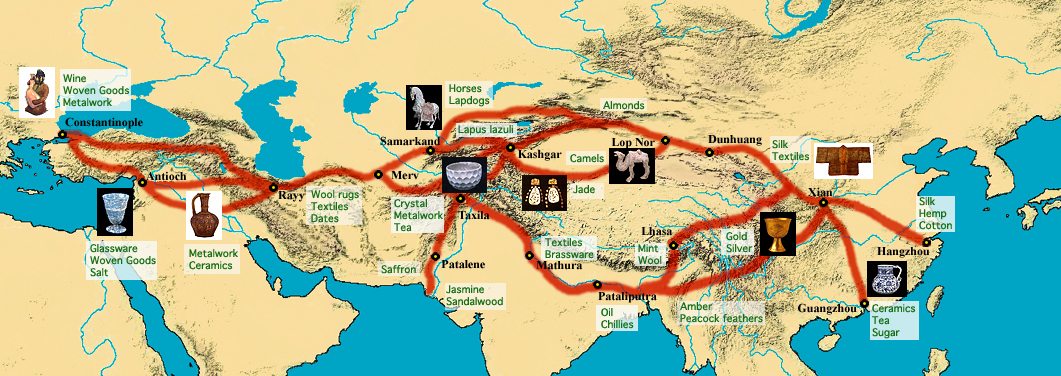The Belt and Road Initiative
China President Xi just recently pledged $124 billion for the Belt and Road Initiative in May.
What is the Belt and Road Initiative?
President Xi’s “project of the century” considers the Silk Road mantra that will benefit people across the world and the ultimate plan is to develop quick trade routes between Europe and China that run across Asia and Africa via high-speed railway, for example. President Xi originally spoke of this plan in 2013 and the momentum is finally here.
Currently there are 60 countries involved in this initiative. China has already moved forward in its plans in several locations, however there are many more to join in infrastructure and financing projects toward the initiative. President Xi has given a timeline of two years to put this initiative into action.
According to Maritime Executive,
“The One Belt One Road project is already in action in Chongqing in southern China where a massive logistics center moves containers on to trains 24 hours a day. Chinese goods such as iPads and car parts are moved west into Central Asia, Russia and Europe. The two-kilometer-long (1.2-mile) trains travel 12,000 kilometers (7,500 miles) to Germany in 13 days.”
“Chinese outbound investment is forecast to total $600 billion to $800 billion over the next five years, a fairly large proportion of which will go into markets related to the Belt and Road Initiative,” said Ning Jizhe, vice-minister of the National Development and Reform Commission, at a news conference.
The Belt and Road Forum, which will be held again in 2019, has attracted the largest number of foreign dignitaries to Beijing since the Olympic Games in 2008. [The Economist]
According to The Economist, “The Belt and Road Forum (with its unfortunate acronym, BARF) is the second set-piece event this year at which Mr Xi will lay out China’s claim to global leadership. (The first was a speech against protectionism made at the World Economic Forum in Davos in January). In 2014, Wang Yi, the foreign minister, said the initiative was Mr Xi’s most important foreign policy. Its ultimate aim is to make Eurasia (dominated by China) an economic and trading area to rival the transatlantic one (dominated by America).”
History of The Silk Road
The Silk Road was named after a well-known German geographer in the 1800s. China was known for trading its silk, whereas India, Persia, Arabia, Greek and Roman cultures were known for trading other specialties such as ceramics, glassware, tea, sugar, wool, textiles, and more. Check out this map from silkroutes.net to see where each region specialized.
Crash Course on The Silk Road
More information:
The Diplomat
Bloomberg
The Economist
Download White Paper courtesy of Amber Road and American Shipper
The Dragon Still Roars: Managing the complex trade opportunities in modern China

